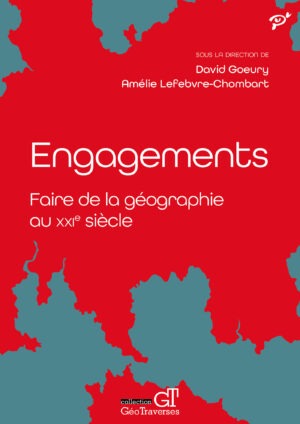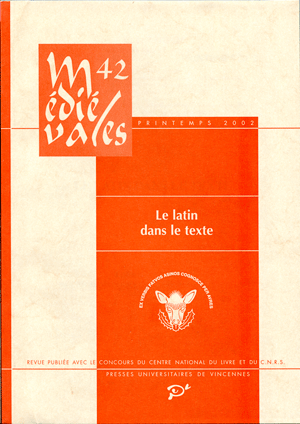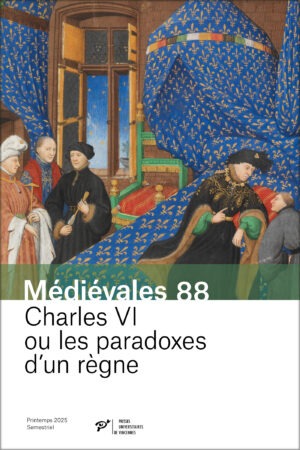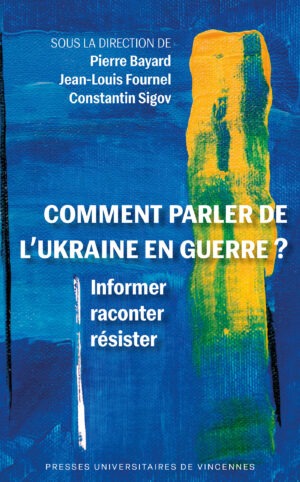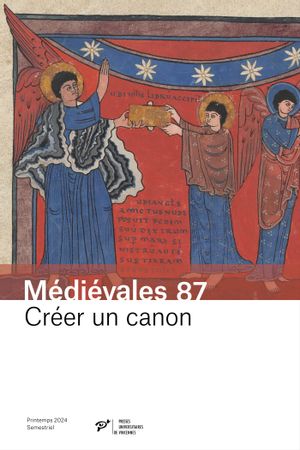Sylvie MELLET : « Lemmatization and Morphological Tagging : their Application to Authorship Attribution »
Traditional methods of attributing an anonymous text to his own author have been increased by the outcome of linguistic statistics for a few years now. By far statistics provides a more objective way of comparing texts to one another. Textual corpora however have not often be tagged ; as researchers have not been given the opportunity to point out and systematically retrieve grammatical occurrences and features of a given corpus, there has been no other choice left than to study lexical connection between texts. The method has proved successful, results yet depend perceptibly on topics and literary genres. We will therefore proceed to analyse a classical Latin corpus in which texts have been lemmatizated and grammatically tagged. We will endeavour to examine if dissimilarity measures between texts from the study of grammatical parameters give finer and discriminating results than by lexical means. If our conclusion occurs to be positive, from now on, it is worth considering the undertaking of lemmatization of medieval Latin texts.
Nicholas BROUSSEAU : « Lemmatisation and Statistics : New Tools fot the Diplomatic Critic ? The Case of Louis the German’s Pseudo-critical Diplomas »
The techniques known as lemmatisation and the statistical treatment of Latin vocabulary rarely have been used to determine the authenticity of medieval charters. This study tests the applicability of these methods by comparing the vocabulary in two groups of edited diplomas attributed to Louis the German. The original documents serve as the point of reference against which to classify the pseudo-originals. I show that the pseudo-originals fall into the following three categories: those which can not be classified by the statistical method; those in which the vocabulary of the exposition (narratio) departs from the original; and those in which the vocabulary of the (dispositio) departs from the original. The complexity of the process of the writing of diplomas, in which the recipient potentially plays a role, makes it impossible, however, to determine the authenticity of a charter based solely on its vocabulary. This approach is intended, therefore, to supplement a broader interpretative study, particularly of copies, rather than as an instrument with which to detect forgeries.
Michel PARISSE : « Quod vulgo dicitur : Transforming Common Words into Latin in Charters »
XIth century scribes were often faced with the necessity of giving in Latin words that they were only accustomed to encountering in French. In those cases, they tended to give the Latin or Latinised version of the word together with its corresponding more or less Latinised form in French, introduced by an expression like quod vulgo dicitur. Thanks to a thorough study of the collection of charters collected at the ARTEM of Nancy, it has been possible to give examples of this practice, ranging from the economical and institutional aspects of life to those of gestures and behaviour.
Michel BUBROCARD, Xuang LUONG, Jean-François COTTIER : « Statistical Analysis of Texts and Questions of Attribution : the Example of Texts attributed to Rodolfus Monachus (XIIth century) »
The statistical analysis of texts is usually established by lemmatisation. However, in some cases, this lengthy and cumbersome operation may possibly be replaced by a more simple analysis of forms. This paper sets out to demonstrate this with respect to questions of attribution, through the statistical analysis of a corpus of Latin texts from the beginning of the XIIth century which have been incorporated in two fairly homogeneous groups, transmitted under the vague name of Rodolfus monachus in a cultural context associated with saint Anselm. The study of the theoretical vocabulary, the distribution of forms and the arborescent analysis of the whole group of texts make it possible to rapidly obtain convincing results which confirm, from a statistical point of view, the previous conclusions obtained from a study of the manuscripts and their theological content.
Bruno BON, Anita GUERREAU-JALABERT : « Pietas : Reflection on Semantical Analysis and Lexicographical Study of a Mediaval Word »
The publication and development of CDRoms, which offer new possibilities for the study of medieval Latin texts, do not rule out the more traditional instruments such as dictionaries. Compared to the unsorted mass of information given by CDRoms, dictionaries continue to offer the essential elements for a quick survey, as well as an invaluable orientation for a more elaborate study of vocabulary. However, lexicographers should not exempt themselves from a thorough methodological reflection. From the examination of a single example, that of the word pietas, we attempt to show the interest which can be offered by the application of the technical and conceptual tools that over many decades have been elaborated in field of linguistics, in particular those of lexical statistics and semantics.
Étienne ÉVRARD : « On the use of Quantitative Methods in Literary Studies »
The existence of computer programs makes easier, but more dangerous, the application of quantitative methods to literary texts. In this article are first shown the textual features that lends themselves to quantitative treatments. On this occasion are expounded the advantages of the use of a partially automatic lemmatization that takes into account the peculiarities of the spelling of the Middle Ages. Then are explained the benefits that could result from such treatments, with particular emphasis on the fact that these benefits are not self-acting. Finally, some statistical methods are described and the necessity is underlined of knowing the particulars of these methods to avoid unsuitable applications.
Sebastiano BISSON : « The Latin Version of the Régime du corps by Aldobrandino of Siena : an Untimely Witness »
The manuscript Canon. Misc. 388 of the Bodleian Librairy in Oxford contains a latin translation of Régime du corps, the first medical text composed in french. In some prologues there are a few biographical notes about the author, Aldobrandino da Siena, but they can’t be considered reliable. The Oxford manuscript presents four herbaria, probably binded together according to a clear project, and the translation of the Régime. This one has evident links with the « B roger male branche » French tradition, but the absence of a stemma codicum doesn’t allow to have sure answers. The analysis of this manuscript attracts attention on the translations from vernacular to Latin.
Jean-Michel PICARD : « Bishops in early medieval Ireland »
The traditional view in modern historiography has been that the early Irish Church was chiefly monastic. However, the seventh- and eighth-century sources written in Ireland, both in Latin and in Old-Irish, show that, far from having being replaced by abbots, bishops continued to play a major role in the Church and in Irish society throughout the Middle Ages. Together with a new definition of the bishop’s position in Irish society, the study of these texts reveal the deep interaction between Christian and native cultures.
